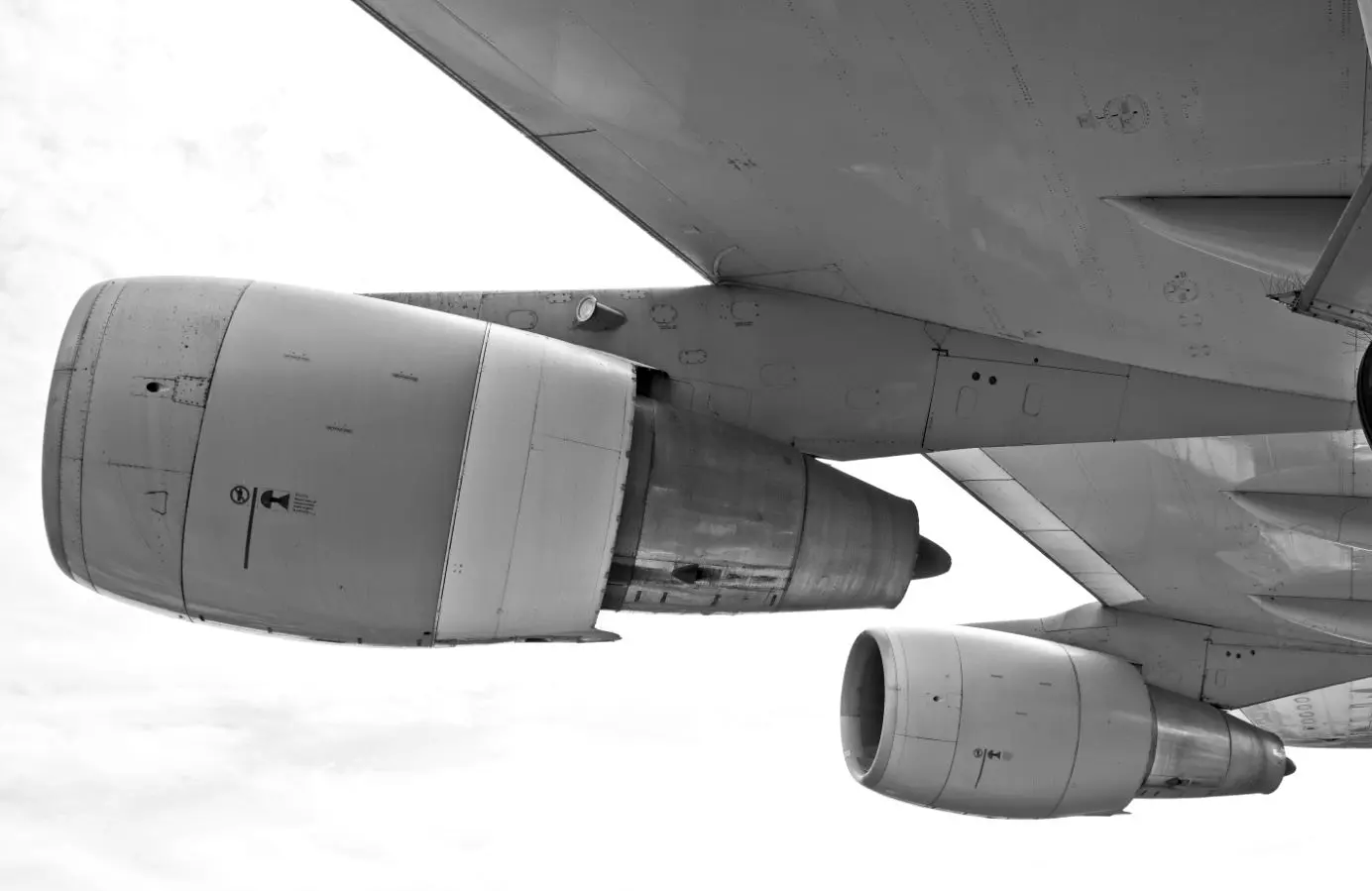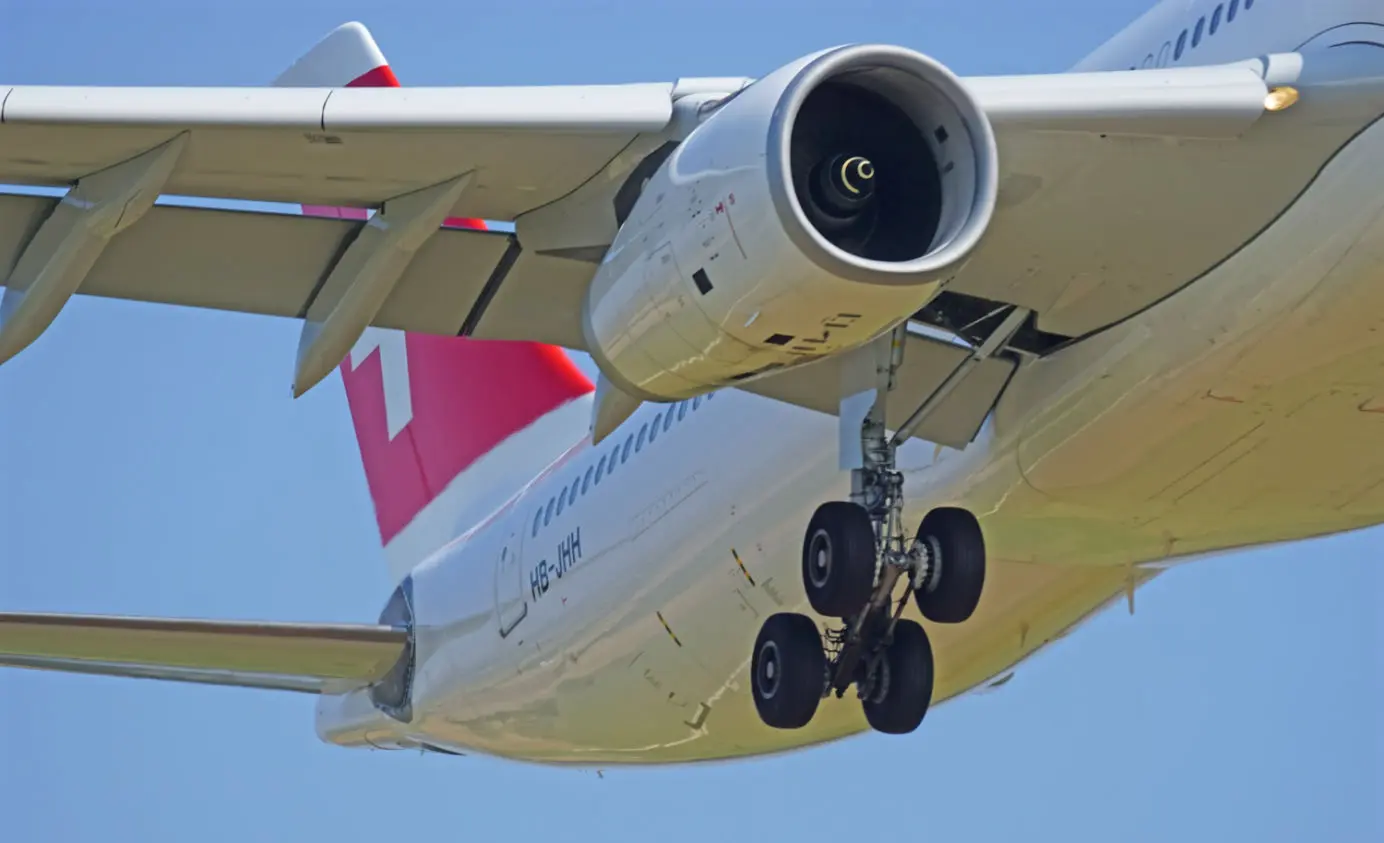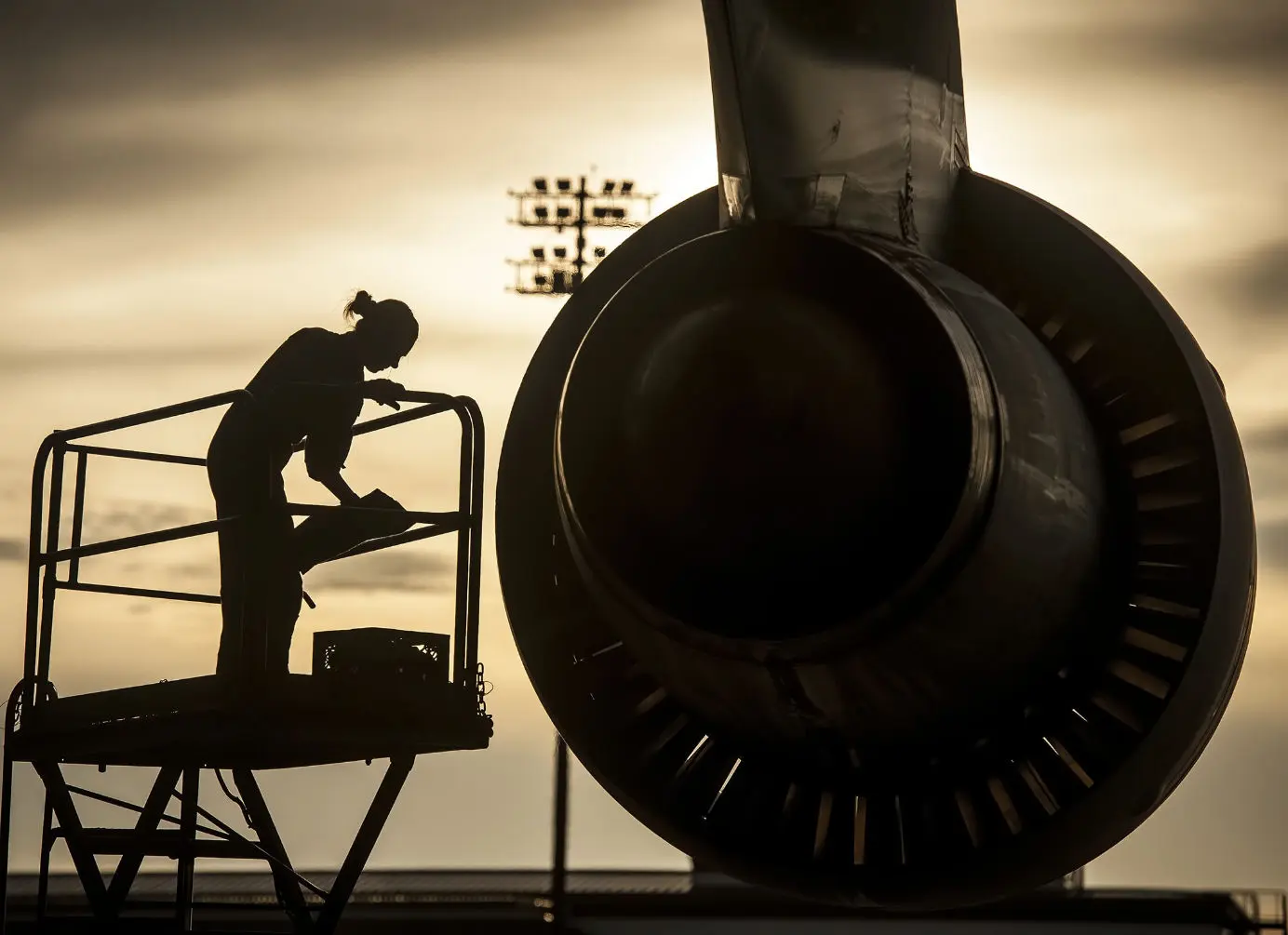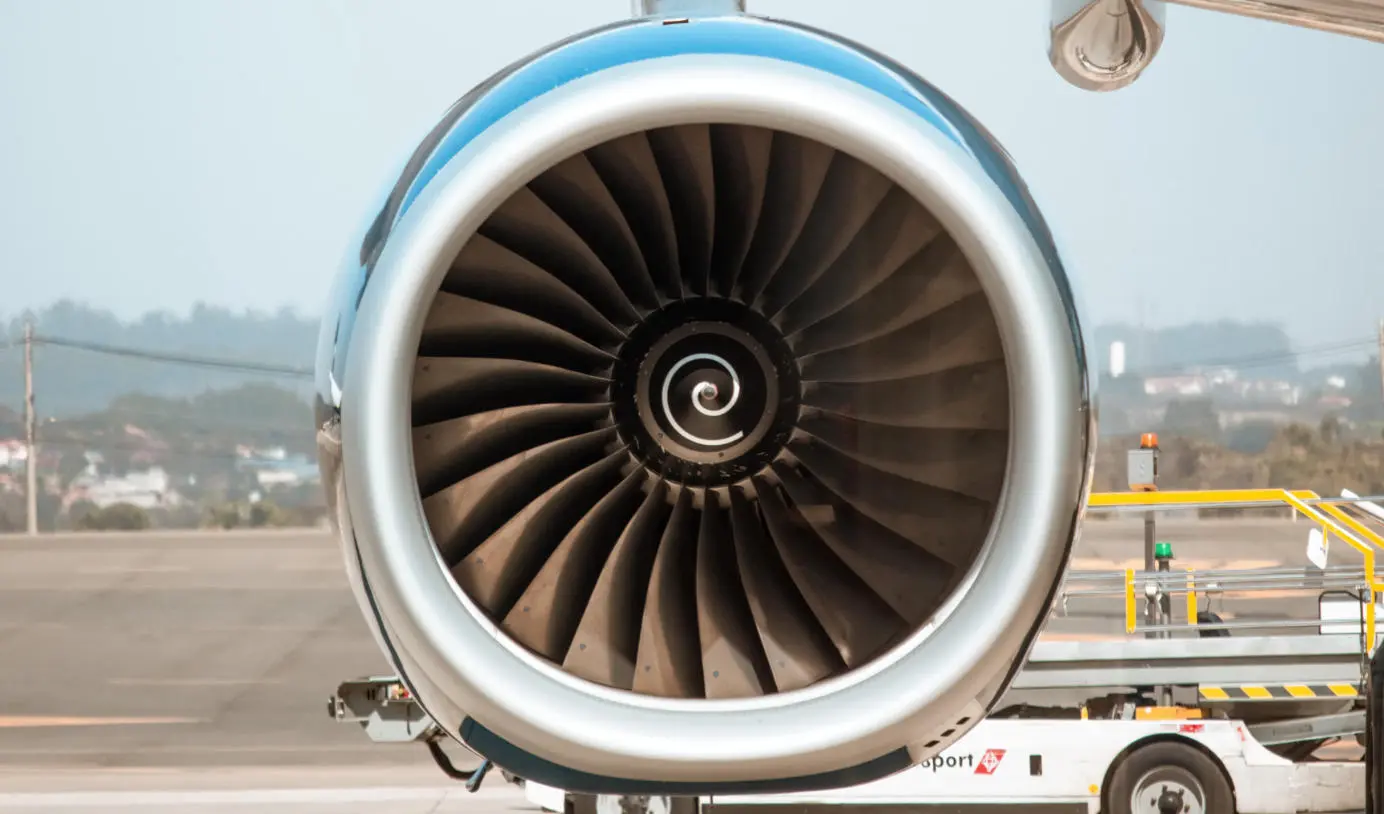
How Often Do Plane Engines Fail?
Plane engine failures are rare occurrences, with a very low probability of happening. Find out more about how often plane engines fail and the safety measures in place to prevent such incidents.
Table of Contents
Sitting in an airplane, flying above the clouds can be an exciting experience. But for some, the thought of being thousands of feet in the air, sitting in a metal tube can be terrifying.
One of the biggest sources of anxiety for travelers with a fear of flying, is an engine failure during the flight. This fear is fueled by dramatic documentaries on TV, news reports and Hollywood.
But how often do plane engines actually fail?
Although engine failures are incredibly rare, they do happen from time to time. But thanks to rigorous safety regulations and thorough engineering, aircraft engines are designed to operate safely. Even in the event of an engine failure.
In this article, we'll take a closer look at how often plane engines fail including the facts and statistics, to help put your mind at ease.
Common Causes of Plane Engine Failures
An aircraft engine can fail for several different reasons.
One of the most common causes is bird strikes and bird ingestions into the engine. When a bird hits a plane's engine, it can cause significant damage and often leads to a complete engine failure. That's why, when aircraft engine manufacturers, like Rolls-Royce and Pratt & Whitney, develop new engines, they specifically design and test for bird ingestions.
Mechanical problems, such as a broken fuel pump or damaged turbine blades, are another reason for engine failure.
In some cases, pilot error causes engine failures such as incorrect handling of the engine. A lack of engine maintenance can also be to blame.
The Frequency of Plane Engine Failures
Whatever the reason for the engine failure, it is important to keep in mind that these events are extremely rare. According to the Federal Aviation Administration (FAA), a turbine engine fails only once every 375,000 flight hours. This equates to roughly one engine failure every 42 years.

One of the most reliable aircraft engines is the General Electric GE90-115B high-bypass turbofan developed for the Boeing 777-300ER and 777-200ER. Since its introduction in 2004, the GE90 has achieved an in-flight shutdown rate of 0.001 meaning one in-flight shutdown per million engine flight hours.
It's worth noting that the frequency of engine failures has decreased over time. This is due in part to advances in technology and increased safety regulations.
Examples of Plane Engine Failures
Aircraft engine failures are very rare. However, there have been several incidents in recent years.
In 2018, Southwest Airlines Flight 1380 experienced an engine failure that resulted in the death of a passenger who was partially ejected from the aircraft. The incident was caused by a fan blade that broke off and caused significant damage to the engine, wing and fuselage that suffered explosive depressurization.
In 2015, British Airways Flight 2276 had to abort takeoff after one of its engines failed and caused a fire in the left engine shortly after takeoff. No one was injured in the incident, but it serves as a reminder of the potential dangers of engine failure.
Despite these instances, it's important to keep in mind that engine failures are rare. Every year, millions of passengers travel without ever having an engine problem.
Safety Measures in Place for Plane Engine Failures
While an engine failure is not an ideal scenario, modern aircraft are designed to operate safely and continue flying until they can perform an emergency landing.
Aircraft and engine manufacturers throughly design and test their product to comply with stringent safety regulations. Multiple backup systems and components are in place to allow the plane to continue flying even if one or more engines fail.
Additionally, pilots are continuously trained to handle engine failures and are taught specific procedures for dealing with these situations.
To ensure the safety of passengers and crew, the FAA requires that all commercial airlines adhere to strict maintenance and inspection procedures for their planes. These regulations include regular inspections of the engines and other critical components of the plane to ensure that they are in good working order.

How to Stay Safe During a Plane Engine Failure
While the chances of experiencing an engine failure are low, it's still important to know what to do in the event that it does happen. If you're on a plane that experiences an engine failure, the most important thing is to remain calm and follow the instructions of the flight crew. In most cases, the plane will be able to continue flying and make an emergency landing at the nearest airport.
It's also important to ensure that you are properly buckled in at all times during the flight. This will help to prevent injuries in the event of turbulence or other unexpected incidents.
The Process of Investigating a Plane Engine Failure
When an aircraft experiences an engine failure, an investigation is typically launched to determine the cause of the incident.
In this work, investigators gather and study a large amount of data, including the plane's maintenance records, interviewing the flight crew, and conducting a thorough examination of the engine and aircraft itself.
The ultimate goal of the investigation is to identify the cause and issues that may have contributed to the engine failure and to implement corrective actions to prevent similar accidents in the future.
The investigations are typically handled by a body of a public authority that is responsible for the investigations. In the United States, this body is the National Transportation Safety Board (NTSB) - an independent agency responsible for non-military transportation accident investigation.
Myths About Plane Engine Failures
There are several myths surrounding plane engine failures that can contribute to passengers' fears about flying.
One of the most common myths is that an engine failure will cause the plane to crash. While an engine failure can be a serious issue, planes are designed to continue flying even if one or more engines fail. Additionally, pilots are trained to handle these situations and know how to land the plane safely in the event of an engine failure.

Another myth is that engine failures are more likely to occur during takeoff or landing. While these are critical moments during a flight, engine failures can occur at any time during the flight. That being said, planes are typically designed to be able to continue flying even if one engine fails during takeoff or landing.
Future Developments in Aircraft Engine Safety
Aircraft and engine technology continues to evolve and the future could reveal continued improvements in plane engine technology.
One area that has seen significant progress over the years is the development of more efficient engines that consume less fuel and emit fewer emissions. This has also sparked researched into new materials and designs that can improve the durability and reliability of plane engines.
In the future, we may also see the development of more advanced sensors and monitoring systems that can detect potential issues with a plane's engine before they become a serious problem. Even automated engine inspection systems have been discussed.
These advancements could help to improve the safety of air travel and further reduce the likelihood of engine failures.
Conclusion
According to statistics by the FAA, a turbine engine fails only once every 42 years (375,000 flight hours). Some newer engines are even more reliable.
While the thought of a plane engine failure can be scary, it's important to remember that these incidents are rare and that modern planes are designed to fly safely even in the event of an engine failure.
By understanding the common causes of engine failures, the low frequency of these incidents, and the safety measures in place to prevent them, you can put your mind at ease and enjoy your next flight with confidence.



Planenerd Newsletter
Join the newsletter to receive the latest updates in your inbox.







